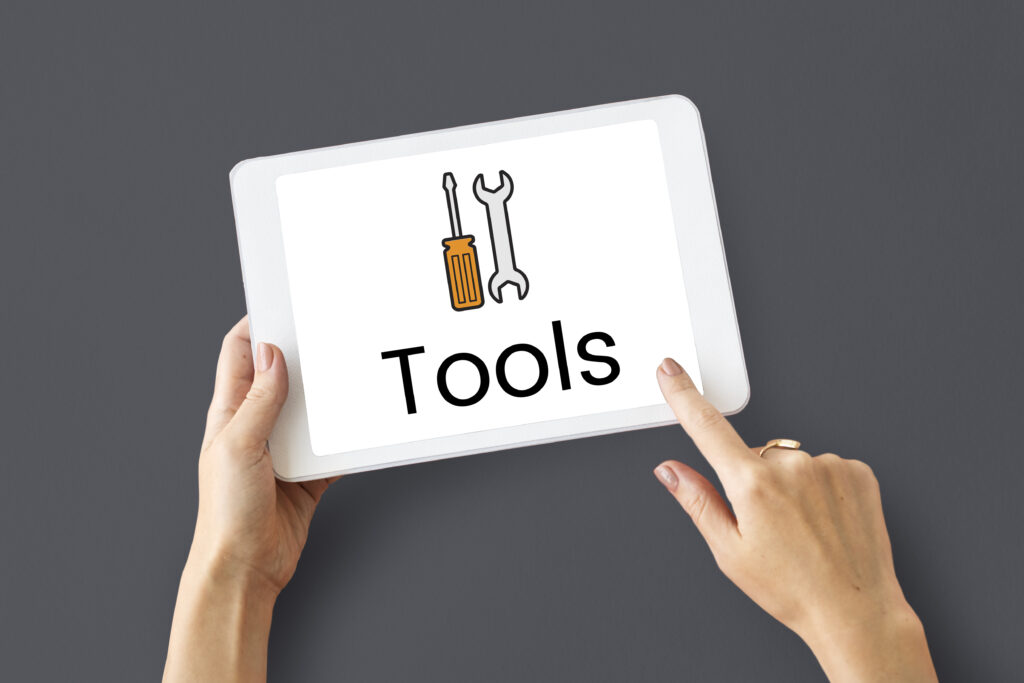Simplified Procedures
In 1994, the Federal Acquisition Act FASA simplified the buying procedures of the government.
Many of the more harsh restrictions on government purchases were removed for any less than $100,000. Now agencies use much simpler procedures for analyzing and soliciting bids up to $100,000 amount. However, the government must still advertise all purchases over $25,000 at www.fbo.gov.
These simplified procedures mean that approval levels are lower, there is much less documentation, and administrative details are not as complex. The government now has to reserve purchases that are between $2,500 and $100,000 for small businesses. The exception is the contracting officer cannot obtain offers from two or more small businesses that are competitive in price and quality.
Purchases that do not exceed $2,500 individually or combine multiple items are considered micro-purchases. These do not require competitive quotes but are not limited to small businesses. Micro-purchases are often made using government-issued purchase cards or typical credit cards.
Consolidated Purchasing Programs

Like any other organization, the federal government has common purchasing needs such as petroleum products, carpets, furniture, perishable goods, and standard office supplies.
For this reason, it made sense to centralize the purchasing of various types of standard products and services.
Some new procurement models for acquisition include multi-agency contracts and government-wide acquisition contracts or GWACs. These types of contracts help obtain long-term vendor agreements with fewer vendors. The GWACs have become very popular because they allow government buyers to quickly fill requirements by issuing orders against existing contracts or schedules without starting a new procurement action. Agencies can now competitively award several or multiple task order contracts to different firms for the same products and services. This practice allows federal buyers to issue orders to anyone or a combination of several firms with relative ease.
The Key To Winning A Government Contract Is To Pay Attention To Guidelines
It is imperative that you read closely to what the request for proposals or RFPs wants in your bid. Make sure that you are aware of deadlines and who is handling the requests. Usually, small businesses have 6 to 8 weeks to submit a bid, but this can vary, depending on the agency.

Make Use Of Government-Provided Free Tools.
You can identify contracting opportunities online by utilizing tools such as this forecasting tool that lets you see what opportunities are available. You can study the government contracts that are a couple of years old to see what requirements are needed to win the job. This puts you in an excellent position to have all your research completed when the contract is about to expire, and you put in your proposal.
Things To Do Before The Requests For Proposal Or The RFP Is Released.
You should always ask the following questions in order to fully understand how you are going to structure your winning proposal:
- What is the top priority, quality, price, or speed?
- What problem can you solve for the government using your product or service?
- Do you need to team up with anyone else?
- How is the proposal going to be scored by the agency?
- What are the agency’s operating policies?
- Who is the agency’s current contractor for this particular good or service?
The Structure of Government Requests for Proposals.
Each proposal has three sections:
- The Scope of Services
- Instructions- Make sure that you follow all instructions carefully and with precise details
- Evaluation -This is how the government will score your proposal
The Scope of Services
This is where you will explain how you plan on completing the work or providing the goods that are being acquired. It is the most important part of the proposal.
You must list and provide evidence of core competencies and how you can effectively help the agency reach its desired outcome in the allotted time. This is the time for your business to show your innovation and creativity. You also need to keep in mind that the government does not want to waste money and keep your pricing competitive.
One of the ways to stand out is by identifying your employees and listing their qualifications. Make a strong case for why your people are the best at what they do and why the government is in good hands. Remember, you hired this personnel, so no one knows better than you how awesome your team can be at completing the proposal.

Make Sure You Are Organized
Having solid financial records and a clear thought out process goes a long way to impress government agencies that you can handle the job. It presents a professional demeanor that is quite impressive.
Sam Directory will guide you through the process of writing a successful government contract proposal. We are invested in your success and want to help you succeed in winning a lucrative federal contract.
What Do I Need To Register For The Sam Directory?
You will need the following :
- A Data Universal Numbering System or DUNS from Dun and Bradstreet
- Your Tax Identification Number or TIN
- A Social Security Number if you are a Sole Proprietor.
What Is A DUNS Number?
The Data Universal Numbering System—or D-U-N-S number—was created and copyrighted in 1962 by Dun & Bradstreet. It is a unique nine-digit identifier that has become the standard numbering system to identify businesses across the globe. You can compare the DUNS number as a social security number for your business.
Any contracting opportunity within the System for Award Management (SAM) will require a DUNS number.
CAGE Code (Commercial and Government Entity)
This code is five characters and unique to your business. It’s your ID code, and government agencies will identify your business using this code. It is a bit like a social security number for your business. If your business includes more than one facility, then you will need multiple CAGE codes. Each location must have its unique code, and each location must be registered separately with SAM.